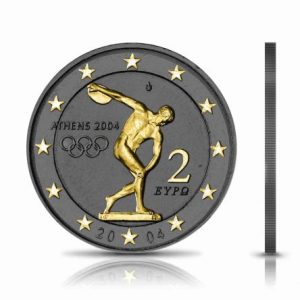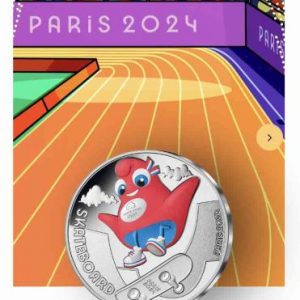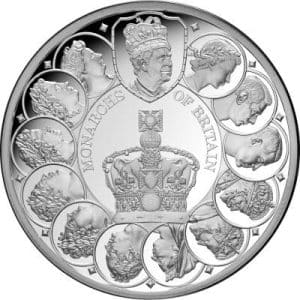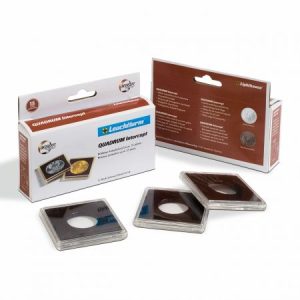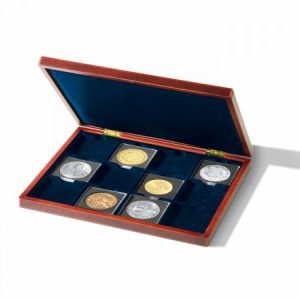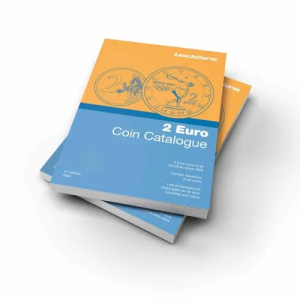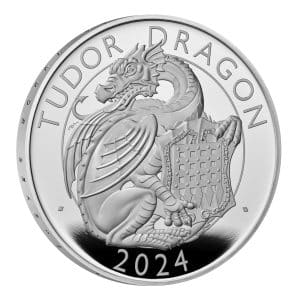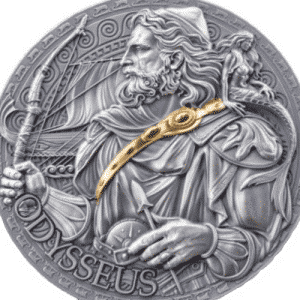Noble metals are metals that are resistant to corrosion and oxidation in moist air, unlike most base metals. They tend to be valuable, often because of their rarity in the Earth’s crust. The following are considered noble metals (in ascending order of atomic number): ruthenium, rhodium, palladium, silver, osmium, iridium, platinum and gold. Other sources include mercury [2][3] or even rhenium as noble metals. [4] On the other hand, titanium, niobium and tantalum are not called noble metals despite the fact that they are very resistant to corrosion.
Precious metals should not be confused with precious metals, although several precious metals are valuable.
They are also called noble metals. Gold and silver are historically placed at the forefront of the ranking, which in the consciousness of all people are the dominant precious metals. Today precious metals are still considered platinum and palladium, and even the not so well-known metals of the platinum family which are, iridium, ruthenium, rhodium and osmium
In earlier times, the price of precious metals showed small fluctuations. For this reason before the spread of banking, people used to hoard their savings in precious metals. In recent years the price volatility of precious metals has been so intense that investing in them has ceased to be a conservative savings haven, and has become an aggressive gambling ground. The case of the pomegranate is typical. In June 2008 its price was $10,100 an ounce, and by early December 2008 the price had fallen to $785 an ounce. In other words, within 5 months it had lost 93% of its value!
The term precious metals is contrasted with the term basic (industrial) metals (base metals). This category includes copper, zinc, tin and lead.
According to international practice, investing in precious metals, at a rate of 10% of the value of a portfolio, helps to reduce investment risk. Gold, silver, and platinum are used as the primary hedging tools, yet none of the three tops the list of most valuable metals. The ten (10) most precious metals include Rhodium, Gold, Platinum, Iridium, Palladium, Osmium, Ruthenium, Rhenium, Silver, and Indium. Among other things, five (5) different ways to invest in precious metals are presented
THE TEN (10) MOST PRECIOUS METALS AND HOW THEY ARE USED IN THE REAL ECONOMY
1) Rhodium
The most precious metal. Rhodium is extremely rare and its price today is $1,100 per ounce (New York Spot Price 12/27/2018). It is noted that at the peak of the metals rally in 2007-2008 the price of rhodium even exceeded 9,600 dollars per ounce
Use: Rhodium is used in the automotive industry, more specifically in the manufacture of catalysts. Rhodium has the ability to convert carbon monoxide, nitrogen oxides and hydrocarbons, which are expelled, into carbon dioxide, water and hydrogen
2) GOLD – Symbol $GOLD (CME)
Gold is certainly the most widespread of the precious metals and belongs to the category of noble metals together with, among others, platinum, silver, ruthenium, rhodium, iridium and palladium. It is considered the most important of the ‘noble’ metals, as it has great chemical inertness and as a result is not affected by oxidation phenomena and strong acids. Only 2,500 tons of gold are mined worldwide each year. High demand from investors and the jewelry industry and low supply keep gold prices consistently high.
3) PLATINUM – Symbol $PLAT (CME)
Platinum is the third most valuable metal in the world. Finding and mining platinum is extremely rare and is usually found near nickel and copper deposits. The main supplier of platinum worldwide is South Africa, where 80% of the world’s production is produced. The price of platinum today on the Chicago Mercantile Exchange (CME), where it is traded, is $830 per ounce (12/27/2018).
Use: Platinum is used in the automotive industry, in the manufacture of medical and laboratory equipment, in industry and of course in the manufacture of jewelry. Only a few hundred tons of platinum are mined worldwide each year.
4) Iridium
The fourth most valuable metal in the ranking is iridium. The largest iridium reserves are located in Russia, South Africa, Canada and the USA. The price of iridium is currently around $1,400 per ounce.
Use: Iridium is widely used in industry, and more specifically in the manufacture of devices and components resistant to corrosion and high temperatures, such as electrodes and thermoelectric generators of radioisotopes.
5) PALLADIUM (Palladium) – Symbol $PALL (CME)
Palladium is a rare metal found mainly in South Africa, Russia, USA and Canada. It is noted that a part of the demand for palladium is covered through its recycling. The price of palladium today on the Chicago Mercantile Exchange (CME) is $1,250 per ounce (12/27/2018).
Use: Palladium is used in the manufacture of automotive catalysts, in the manufacture of jewelry, in dentistry, but also in other areas of medicine such as the manufacture of precision medical instruments. Here is a chart of the metal’s performance over the last three years.
6) Osmium
Osmium was discovered in 1803 and owes its name to the word “odor” (Greek), which it acquires when exposed to atmospheric air. Osmium belongs to the platinum group and is found in South Africa, Russia, the USA and Canada. The price of osmium today stands at $400 per ounce.
Use: Osmium is used as a medium to ‘harden’ platinum but also because of its excellent resistance to friction and high temperatures it is used in iridium and platinum alloys with applications in the manufacture of electronic components and others.
7) Ruthenium
Ruthenium was discovered in 1844 and owes its name to Ruthenia, the region that is the birthplace of the Russian scientist who first discovered it. The price of ruthenium today stands at $270 per ounce.
Use: Ruthenium is used, among other things, to ‘enhance’ platinum so that it becomes more resistant to oxidation. It is also found in the manufacture of electronic resistors and other high resistance electronic components.
8) Rhenium
Rhenium was discovered in 1952 by a German scientist and owes its name to the Rhine River. Rhenium belongs to the class of refractory metals along with tantalum, molybdenum, tungsten and niobium. Rhenium does not occur free in nature, instead it occurs within the mineral molybdenite and is produced mainly in Chile, the USA, Kazakhstan and Uzbekistan. Its price is currently around $1,300 per ounce.
Use: Rhenium has excellent resistance to high temperatures and is therefore used mainly in the manufacture of aircraft turbines. It is also used as an alloy with platinum.
9) Silver – Symbol $SILVER (CME)
Silver is a precious metal that has been used in various ways since ancient times. Global demand for silver is high, but so is its supply. The price of silver today on the Chicago Mercantile Exchange (CME) is $15.1 per ounce. (closing 27/12/2018)
Use: Silver is used by humans in many ways. Some of them concern the manufacture of jewelry and the minting of coins, the manufacture of medical and laboratory equipment, but also the manufacture of mobile phones and other electronic equipment. It is also used in the manufacture of photographic film. Here is a chart of the metal’s performance over the last three years.
10) Indium
Indium was discovered in 1863 and owes its name to the bright blue line emitted by its atomic spectrum (indigo blue). Indium is found in small amounts in some rare minerals such as indite and petrucite but also in sulphide minerals such as chalcopyrite. The main producing countries of economically exploitable indium are China, Japan and South Korea. The price of indium is currently around $12 per ounce.
Use: Indium is used in the manufacture of flat panels, in the manufacture of portable computers and also in the manufacture of mobile phones. It is also used in metal welding, in the manufacture of mirrors and in the manufacture of special alloys with a low melting point
A. Holleman, N. Wiberg, “Lehrbuch der Anorganischen Chemie”, de Gruyter, 1985, 33. edition, p. 1486
“Dictionary of Mining, Mineral, and Related Terms”, Compiled by the American Geological Institute, 2nd edition, 1997
Scoullos, M.J., Vonkeman, G.H., Thornton, I., Makuch, Z., “Mercury – Cadmium – Lead: Handbook for Sustainable Heavy Metals Policy and Regulation”,Series: Environment & Policy, Vol. 31, Springer-Verlag, 2002
The New Encyclopedia Britannica, 15th edition, Vol. VII, 1976



